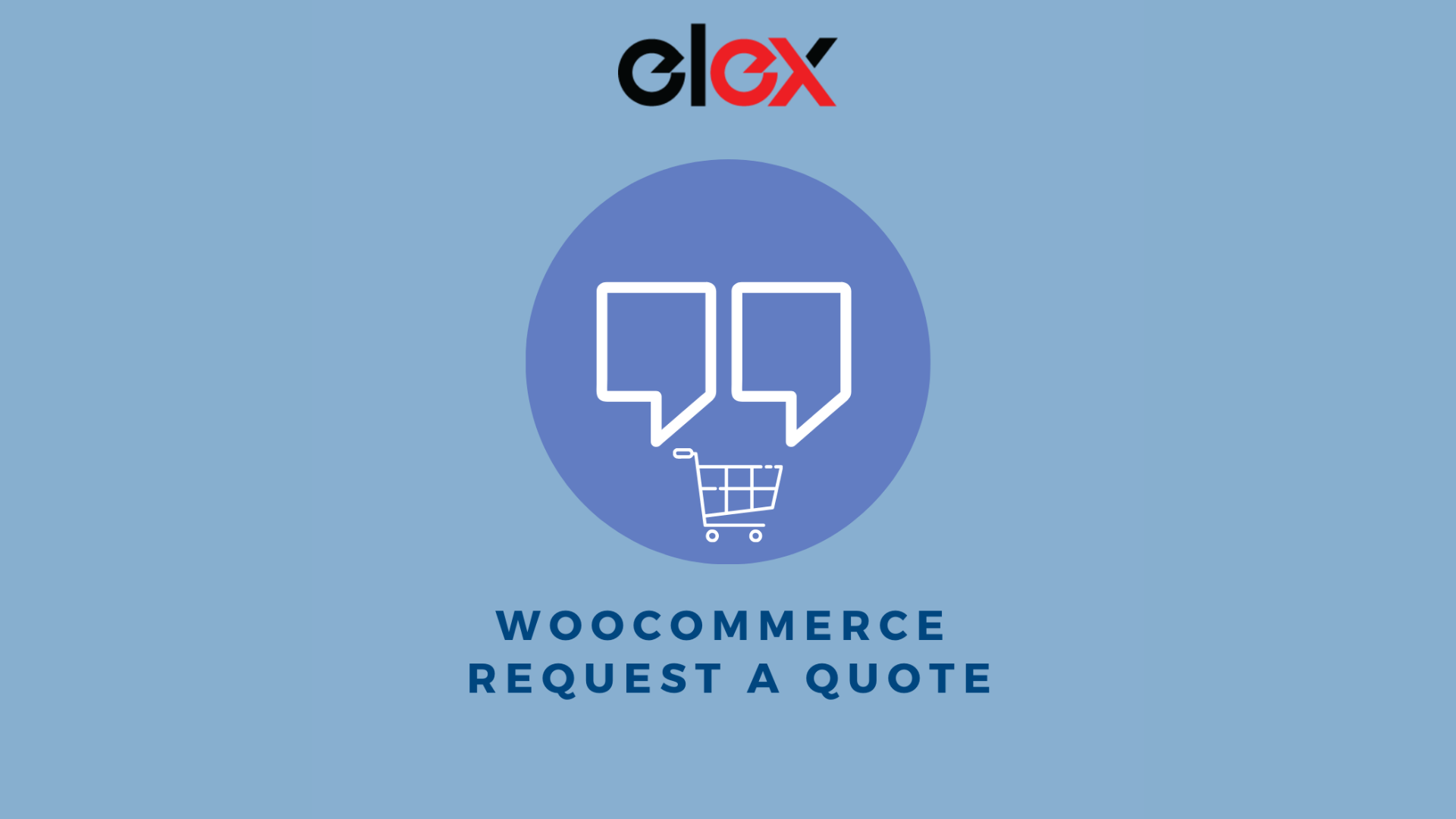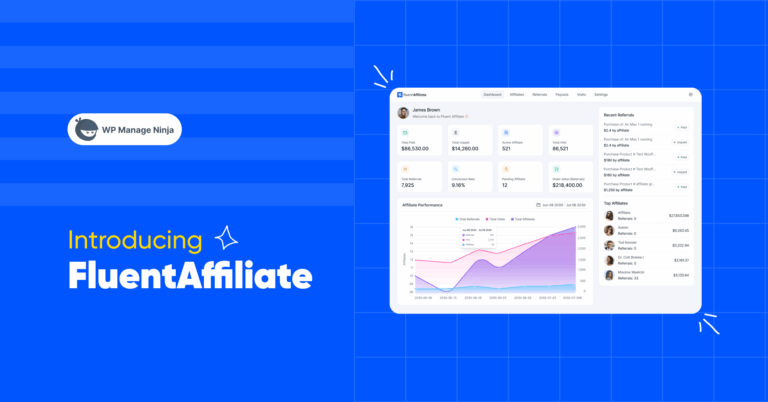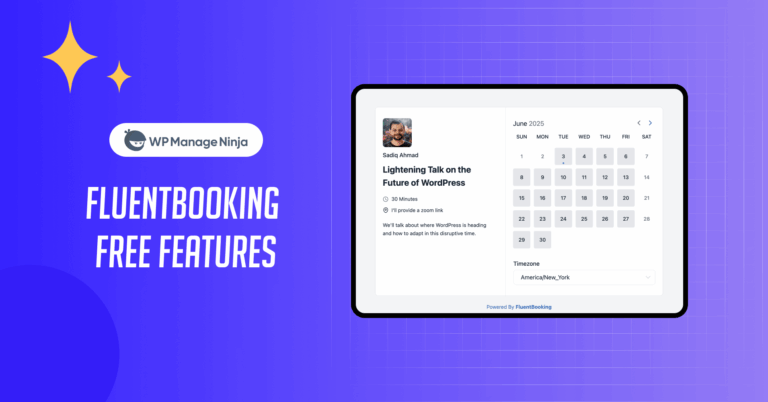
How to Add Request a Quote Plugin to Let Customers Quote a Price for Your Products?
Share :

We will never spam you. We will only send you product updates and tips.
Setting up an eCommerce store is not a tedious task today. If the store is built with WooCommerce, it makes it really easy to set up the specifications you actually require. Since WooCommerce supports so many plugins and extensions, one can set up a store with a lot of features seamlessly without going for complex coding.
There are eCommerce stores that sell products for general customers or for retailers by accepting bulk orders. And, there are some stores that provide a platform for both customers as well as retailers together.
Usually, if you are selling your products by taking quote orders from customers, you need to make some changes to your eCommerce store. This is for helping the customers to request a quote for a certain quantity of products.
As I have already mentioned, it is quite easy to configure the option to let customers send a quote request to you for purchasing products from your store. You can integrate a plugin into your WooCommerce store to set a platform where your customers will be able to request a quotation.
Reasons to Provide Request a Quote Option in your Store
There are so many situations you may require to switch your store into ‘Request a Quote’ mode with or without the ‘Add to Cart’ option. If you are selling products in bulk to retailers or wholesalers, it is quite necessary to provide an option to place quote requests and make quick purchases rather than letting them add products one by one.
If you are going through any stock issue for specific products, or your site is going through any maintenance work, you can use this option to accept orders from customers. When the issues are resolved, you can proceed with the order.
Sometimes certain products you can’t sell individually as they are very cheap in price. In such cases also, you can accept bulk orders through quote requests. And, if you are planning to provide a platform for both retailers and casual customers, you need to provide both options for every product in your store.
Moreover, this method helps you offer special pricing and discounts to your favorite customers or retailers since the orders are accepted and cross-checked by the store owner before proceeding with the orders.
But, it is necessary to have a plugin to set up the ‘Request a Quote’ option in your WooCommerce store.
Which is the Best WooCommerce Request a Quote Plugin in the Market?
ELEX WooCommerce Request a Quote Plugin is an advanced WooCommerce plugin to set up the ‘Request a Quote’ or ‘Add to Quote’ option in your store. Its simple interface lets you configure the plugin seamlessly even if you are not that technically sound.
Rather than using the default WooCommerce checkout option, you can customize the quote request form to be filled by the customers in this plugin. And, you can even make the mode available for the selected products with or without the ‘Add to Quote’ option.
To make the quote request option exclusively available for selected customers, you can choose the user roles which are eligible to place an order through this option. And, it lets you trigger an email, Google Chat, or SMS notification to store owners or admins as well as order status to customers through emails.
The email notification will be triggered to the customers when you accept, reject or approve the quote from your side. The approval email to the customers would contain a payment link to make sure the payment will be received only after the approval of the order.
Hope you got an idea about this plugin.
Now, let us check how to add this plugin to your WooCommerce store to let customers request a quote of the products to you.
You might be interested in: 11 Best WordPress Payment Plugins
How to Set Up Request a Quote Plugin in your WooCommerce Store?
You can buy and download ELEX WooCommerce Request a Quote Plugin from elextensions store. Once downloaded, you need to install, and activate the plugin by following its documentation.
Then, go to your WordPress Dashboard > Plugins > Installed Plugins > ELEX WooCommerce Request a Quote Plugin> Settings.
A new tab will be opened as in the screenshot below.
You can customize the button text such as ‘Add to Quote’, ‘Request a Quote’, or whatever you wish. By default, it will be ‘Request a Quote’.
The next option available is to customize the button color. You can choose the desired color that matches your website theme.
Check an example of the Request a Quote option on the Shop page in the screenshot below.
After the customer clicks the ‘Add to Quote’ button, they will get the option ‘Browse the List’ as in the above screenshot. When they click it, the quote list page will appear to add the number of products required and the form to place the order.
You can display the quote list of products selected by the customers, and the form to be filled by them for checking out on a dedicated page, or on a custom sized lightbox.
If you have chosen, ‘Open in a Lightbox’, you can enter the width and height of the lightbox in which the quote list and form must be listed.
If the quote list is displayed on a page, it will be as in the below screenshot:
If it is displayed in a lightbox, it will look like the screenshot below:
If you have chosen to display the list in an existing webpage of your site, you can choose on which page it must be displayed.
If you want to display the quote list and form to a new page, you can create a page with a relevant title, say for example ‘Quote List’ and add the shortcode – [elex_quote_request_list].
And, give a custom page title to be displayed on the page. By default, it will be ‘Quote List’.
To disable the quote request option for unregistered or guest users, simply enable the option Disable Quote Request for Unregistered Users. If you have enabled this, they are required to create an account to request a quote from you.
After setting up these features click Save changes and move on to the next tab for including and excluding the Request a Quote option for certain products in your store.
If you have enabled the Include Products option, choose the products based on their category, name, and tag. You can choose them accordingly in their respective fields. The ‘Request a Quote’ option will be available only for those products you have chosen here. If you do not choose any product here, the option will be available for all products in your store.
The same functionality is with Exclude Products, as it will exclude the ‘Request a Quote’ option from the selected products based on their category, name, and tags.
Check an example that includes the ‘Request a Quote’ option for a product named ‘Album’.
This will reflect on the Shop page as in the screenshot below:
Similarly, you can include and exclude user roles for the availability of the ‘Request a Quote’ option.
After setting these options, save the changes you have made.
Then, the next step is to set up the form to request a quote from the customers.
Add a custom label name for each field, choose the corresponding type of the field from the drop-down pick up list, add a placeholder text, and map to WooCommerce checkout fields by choosing one from the drop-down list. You can even enable the ‘Required’ option to make them mandatory fields. Or, you can disable them to make them optional fields.
Now, you are done with the essential features to enable the ‘Request a Quote’ option in your WooCommerce store.
In addition to these, you can trigger an email, Google Chat, and SMS notification to multiple email IDs including the store owner. And, there is an option to send automated email notifications to the customers based on their order status.
Go to the Notifications tab to apply these settings.
You can enter the email IDs into which the email notifications must be triggered when a customer places an order. It allows adding multiple email IDs there. If you leave the field empty, it will trigger the notification to the admin by default.
You can also set SMS notifications by adding your Twilio account details and mobile number. And, the notifications can be triggered through Google Chat by adding the webhook URL.
Customers will also receive email notifications on 3 situations such as when you received their request for a quote, approve the quote, or cancel the quote.
In addition to that, this plugin also allows you to set templates to send these notifications to the admin as well as customers. You can add it using the HTML tags and placeholder texts provided on the Template Settings tab. Check the screenshot below:
As I have already mentioned, you can display the ‘Request a Quote’ option with or without the ‘Add to Cart’ option. By default, it will be displayed along with the ‘Add to Cart’ option. But you can hide the ‘Add to Cart’ button for all products or selected products.
Hide the ‘Add to Cart’ button from the Shop page and Product pages when the ‘Add to Quote’ option is available in your store by enabling the options on the aforementioned tab.
And, there are options to exclude the products from hiding the ‘Add to Cart’ button if you have enabled the option to hide from the Shop page and Product page.
Check an example, that excludes the hiding of the ‘Add to Cart’ option for all products under the Music category.
This will reflect on the Shop page as in the below screenshot:
Here, all products under the Music category have been excluded from hiding the ‘Add to Cart’ button.
This is how you can add the Request a Quote plugin which lets your customers quote a price for the products in your store.
To sum up,
It is necessary to integrate a third-party plugin to add the ‘Request a Quote’ option in your WooCommerce store as there is no built-in option to implement this option. ELEX WooCommerce Request a Quote Plugin will help you to set up the requesting a quote mode in your store seamlessly and efficiently.
Author: Pallavi
Pallavi is a Digital Marketer who is a WordPress and WooCommerce enthusiast. Her interest lies in Writing and Marketing content to instill in-depth knowledge of WooCommerce plugins among others.





Leave a Reply
You must be logged in to post a comment.